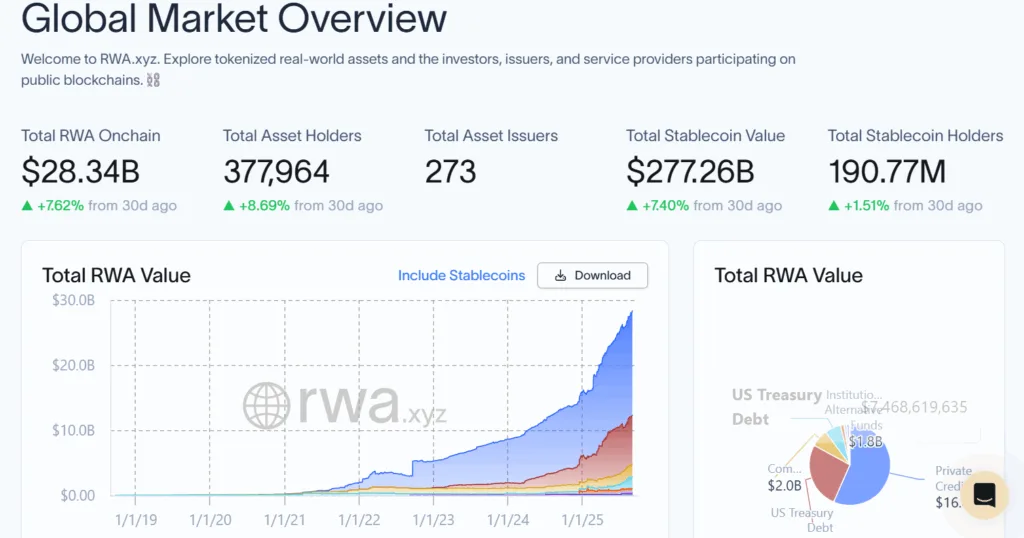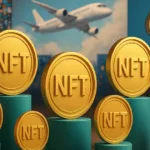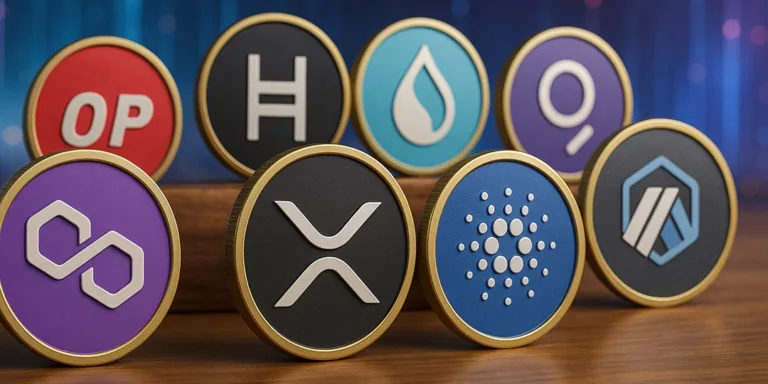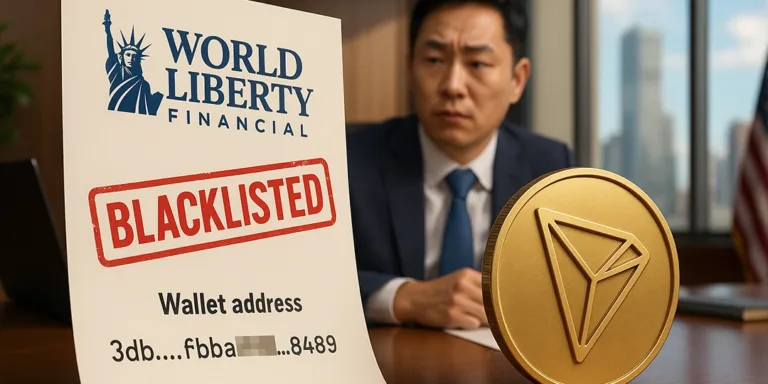The glowing moment for Real-World Asset (RWA) tokenization has arrived, with the sector escalating to new heights. With growing institutional support, crypto adoption, versatile blockchain features, and fractional ownership of tokenized assets, RWA tokenization is obviously climbing the stairs. But here’s something you need to know: with all the hype surrounding it, do you really think RWA tokenization comes without risks?
Tokenized RWAs spark crisis: Tristero Research
Along with the eccentric advantages come disadvantages. Tokenizing real-world assets like real estate, loans, and commodities can cause a ‘liquidity paradox’, according to blockchain company Tristero Research. Although this sector of the blockchain industry has touched nearly $28 billion market, a hidden risk awaits its surface.
‘Liquidity paradox’ that covers the reality
Liquidity, a common financial term, refers to how fast and easily an asset can be converted into cash or another form, without significantly affecting its price.
An asset that is inherently illiquid turns into a highly liquid one when tokenized. For instance, when you buy real property, you can’t instantly sell it to earn money, meaning it is illiquid.
However, when that property is tokenized, it becomes highly liquid because it can be easily traded, although the real underlying asset cannot be moved instantly. In short, tokens can be traded quickly while the real asset backing them cannot, creating a ‘liquidity paradox’.
The Tristero Research team puts their findings this way: “Tokenization promises liquidity, but what it really creates is an illusion: a liquid shell wrapped around an illiquid core. That mismatch is the RWA Liquidity Paradox.”
Fast trading digital versions of slow-trading assets
Furthermore, Tristero Research explains how tokenization impacts the illiquid RWA into high-frequency volatility risks. Tokenizations do not impact the “fundamental nature of an office building, a private loan, or a gold bar.” However, as it covers RWAs in hyper-liquid shells, they become “high-frequency volatility risks — something that should move slowly is suddenly moving fast on-chain. The token version is fast, and if investor confidence nosedives, chances are high that the total market could collapse in fleeting seconds.
- Physical assets also face risk in value, but it is typically less
- Tokenized physical assets have high potential to dip due to their tokenized nature.
So, doesn’t tokenization offer advantages?
Yes, it does. Tokenization brings a lot of advantages. It nullifies the need to put a lot of money into buying shares of a property. You do not have to completely acquire a property or stock; instead, you can hold fractional shares of the assets through tokens. Transparency, security, faster settlement, 24/7 trading, and more unique features add to the reason why RWA tokenization is rising.
More to join the tokenization army
As fintech institutions and investors find tokenization to be one of the best ways to earn profits, this niche is poised to grow in value. In the last five years, RWA tokenization has jumped from “$85 million experiment to more than $25 billion market,” a 245x hike fueled by institutional demand for yield, balance sheet efficiency, and transparency, noted the research team.

On-chain distribution of RWA surpasses $28 billion. Source: rwa.xyz
This tremendous growth is backed by expert remarks and solid proof. Binance co-founder Changpeng Zhao (CZ) remarked that trillions of traditional financial assets or RWAs are crawling into blockchains as tokenization sees growth.
🚨 JUST IN: CZ says trillions are moving on-chain as RWA adoption accelerates.
— Real World Asset Watchlist (@RWAwatchlist_) September 4, 2025
RWAs are becoming bigger than most realize.
BULLISH 🔥 pic.twitter.com/TAkwA2ZJVt
Last year, several financial institutions predicted that the RWA tokenization sector could experience more than a 50-fold increase by the end of 2030, with a market size between $4 trillion and $30 trillion!
Ethereum, ZKsync, Polygon, Aptos, Stellar, Solana, BNB Chain, Avalanche, Arbitrum, and XRP Ledger are the most used blockchain networks for tokenization. Ethereum has 419 RWAs while Polygon holds nearly 268 assets.
That’s not all. The total value of RWA tokenization on Solana has crossed $500 million, hitting a new all-time high. Another significant milestone for RWA tokenization.
Tokenized real-world assets (RWAs) on Solana have hit a new all-time high, crossing $500M in value.
— Solana Hub (@SolanaHub_) September 4, 2025
Underscoring Solana’s growing role as a hub for on-chain finance. pic.twitter.com/3hYH4kSYdB
History proves why tokenization can cause risk
Whatsoever, the research team has clearly pointed out an example from the past when Wall Street converted illiquid mortgages into liquid and tradable assets in 2008. Though a great transformation, the result was bitter — ‘Subprime mortgages collapsed slowly, Collateralized Debt Obligations (CDOs) and Credit Default Swaps (CDS) collapsed quickly.”
This represents a mismatch between RWAs and financial engineering in the past, whereas today’s challenge is a mismatch between RWAs and blockchain technology, because we are living in a world where a single rumor in the crypto world can drastically change the value of an asset!












